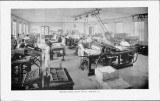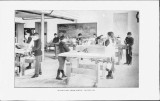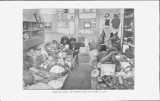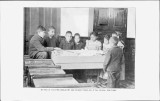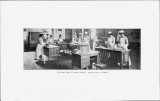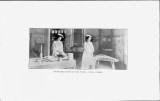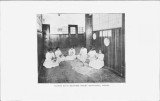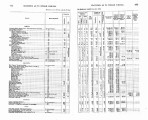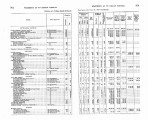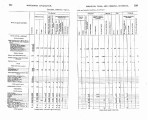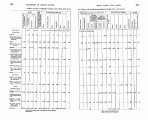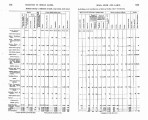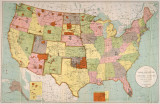| OCR Text |
Show 12 REPORT OIF THE COMMI8SIONER OF INDIAN AFFAIES. schools. Replies were received from all the schools, from which it was developed that at one-third of them all the laundry work was performed by hand, and at all the others either a good portion was , so performed or classes were maintained to teach the female pupils this useful art of hand laundry work. Take a school of 150 pupils, one-half are girls, and of this number not more than one-third are above 12 years of age. To require this one-third to do aU the laundry work for 150 pupils, including their bed linen, table linen, etc., and then go to school half the day, work under the matron clean-ing up their dormitories, schoolrooms, dining rooms, etc., attending to the sewing and mending, assisting in the kitchen, dining room, - looking after poultry, and the many other things which Indian girls have to do in an Indian school, savors largely of drudgery; therefore, while they are all taught as a part of their domestic training how to wash their own clothes, yet a steam laundry is absolutely essential, unless at least one-third of the girls enrolled are to be bound as slaves to the washtub. While the different trades are taught in the larger noureservation and in a few of the reservation boarding schools, yet most of the indus-trial training given Indian pupils is in agr i c~l tu~apul rsuits in the broadest acceptation of the term. This Office is well aware of the fact that for some time yet, except in isolated and particular cases, the Indian can not successfully compete with the American journeyman and mechanic. Therefore the greatest stress is laid upon teaching him how successfully to farm his own allotment, to give him those under-lying principles of agriculture, stock raising, and dairying which will enable the ayerage Indian man to wring an existence from the too-frequently ungenerous soils the white man has allowed him to retaih. To make him independent as far as possible, those branches of the mechanical arts such as horseshoeing, blacksmithing, setting a wagon tire, handling of ordinary carpenter tools are a part of the instruction of every boy in school. Agriculture is the basis of all industrial traiu-ing. Nature, environment, and necessity will and should make at least nine-tenths of the Indian youth tillers of the soil and breeders of stock. The Government has been prodigal of land. Every Indian boy or girl can have a farm. Here he must make his home and his living, if possible. Indust~ial instruction is given to meet these conditions. At several of the large schools specialized training in farming and stock raising is given. At Chilocco, in Oklahoma, every facility is afforded the Indian boy to learn the best methods of cultivation of the soil and care of stock. It is being developed at Haskell Institute, near Lawreme, Kans., and the recent purchase of additional land both at this school and Phoenix, Ariz., will give ample facilities. At Salem, in the Northwest, more land has beer secured. The idea will still |









































































































































